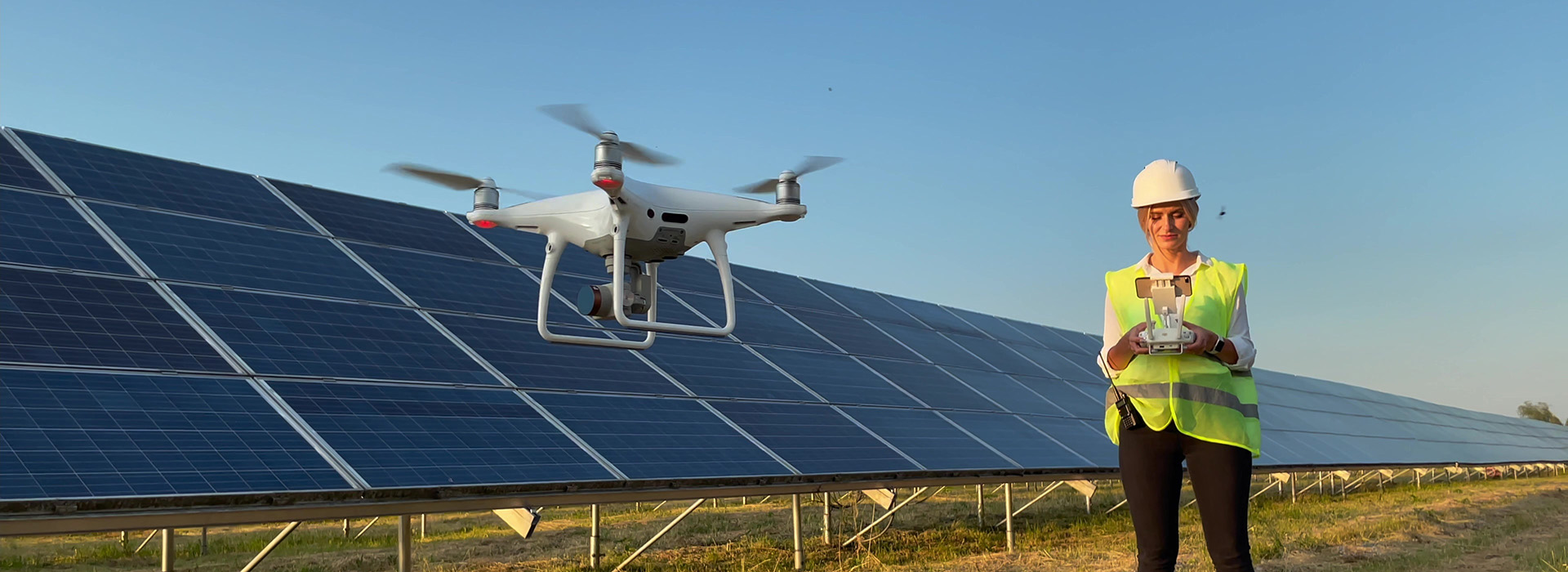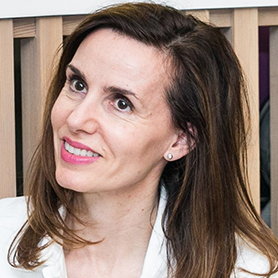Esther Clemente: Coherence is Key to Strengthening Safety Culture
With a background in engineering and change management, Esther Clemente, Manager of Health, Safety, Environment and Quality at Endesa, explains why understanding people and mindsets is vital to creating a shared safety culture.


Esther Clemente
Health, Safety, Environment and Quality Manager, Endesa
Q.
How has you career to-date helped to shape and influence your current health and safety role?
I have worked in change management and talent for many years and so I was really pleased to accept my current role last June. I actually started my career as an engineer and so the technical view of an organisation is always with me. It also helps that my whole career has revolved around looking for improvements and ways to do things better. I have also worked in talent development, working with issues and topics related to training and learning which included safety topics. Having all this experience of technical and professional change has definitely given me a more holistic view of what happens in a company and operational positions. Humans in general are very complex and when we try to change people’s minds, it’s not only designed processes, it’s also about how people decide whether to follow the procedures or not, so understanding people and their mindset is very important. I am very happy in this role because I am also in charge of environmental and quality projects, so it’s a complete vision of doing things better in the business.
"Humans are very complex. When we try to change people’s minds, it’s not only designed processes, it’s also about how people decide whether to follow the procedures or not, so understanding people and their mindset is very important."
– Esther Clemente, Health, Safety, Environment and Quality Manager, Endesa
Q.
It must have been challenging to start your role during the pandemic. What are your observations in terms of the need to support psychosocial risks, such as mental health issues? Are there any key learnings or impacts?
It was certainly a strange time. People were afraid, especially as we knew so little about the illness. Early on in the pandemic, and prior to starting my current role I was in charge of change management and so was working with the health and safety department to develop a programme of activities to help support employees during this difficult time of transition. We were very pro-active in supporting home-working teams and for example, offered training on digital skills, access to psychologists, coaching teams, as well as helping them to establish a home-office by delivering screens, keyboards and office chairs to help them adapt. Similarly, we also supported and monitored employees who couldn’t work from home, such as those in the control rooms, power plants and maintenance, supporting them mentally as well as physically. It was a worrying time and I did have concerns that people would feel disconnected, but actually it was the contrary. When the first summer arrived and covid-measures were relaxing, we carried out evaluations and people were asking for the programme to continue as it really helped them to feel connected with the company and colleagues. What we have also seen is that people have developed healthier habits such as exercising, diet and talking about how they’re feeling. As a department we’ve learnt a lot too, but overall we can draw on some positives including how operational areas now see us. There’s no escaping the fact that we are very demanding in terms of rules being followed, and I think that sometimes we are considered to be inspectors. But now I think people are very thankful for us being so supportive during such a difficult time and we have much more open dialogue and collaboration with operational teams.
Q.
You mentioned your experience in change management and understanding mindsets, what impact does good leadership have when creating safety in the workplace and how do you measure it?
How people do things day-by-day, and in this case how leaders behave and how they are coherent with company values, is very important. When safety finishes in procedures and defining processes, I think there are a lot of opportunities lost because the culture of a company is made by the behaviours of people. One of our core competencies is safety, and we consider safety as a managerial competence that is assessed annually. This is powerful because it supports safety as a consistent mindset and a general way of doing things. I think that companies that don’t involve safety at this level are taking a risk, as it’s important that operational people see their leaders being coherent. Lots of decisions that they need to make, such as budget, have implications for safety. When managers have the safety culture as a fixed mindset, you know they are really looking to lift safety overall.
"As a company, innovation is one of our four values and we have taken many opportunities to develop innovation to provide a more efficient and safer workplace."
– Esther Clemente, Health, Safety, Environment and Quality Manager, Endesa
Q.
How do you think safety programmes can benefit from innovation and technological change?
I am so passionate about innovation and technology, the possibilities really are endless. As a company, innovation is one of our four values and we have taken many opportunities to develop innovation to provide a more efficient and safer workplace. You could say that innovation is in our DNA. Our workers have access to lots of technical tools that help to keep them safe, including drones in power plants, voltage detector and digital tools for use in the field that are connected to mobile phones. The same is true for training, it’s an opportunity to quite literally bring safety training to life. To change people’s behaviours and habits you need to reach their feelings and combine the rationale with the emotive. Emotional intelligence is a very effective way to reach people and by capturing the new technologies coming from innovation we can create training programmes that are more experiential than ever before.
Q.
Based on your own experience, what would you say are the top three best practices to focus on when building a safety programme?
Well, this fits perfectly with how we are developing our plan for this year. We have recently defined three key practices which are people, processes and technology. It makes sense to start with people, they are the core pillar that everything goes through. Efficient and safer processes for everyone are vital, this must also take contractors into account. In Spain, the use of contractors is very high, and we feel responsible and connected to our contractors. They need to follow our procedures and way of understanding safety, so we want that inner culture to come to our contractors which requires a shared safety culture. Finally, as we’ve just talked about, it’s essential to capture the new technologies coming from innovation.
"When safety finishes in procedures and defining processes, I think there are a lot of opportunities lost because the culture of a company is made by the behaviours of people."
– Esther Clemente, Health, Safety, Environment and Quality Manager, Endesa
Q.
What would be your key message to other women looking to progress in health and safety roles?
I think it definitely helps if you’re a perfectionist and enjoy looking for ways to make improvements. I would also urge people not to be put off by the negative side of the role. Yes, the reality is that this is an area of work that is very close to accidents and injuries, and I suspect many people may reject a role in safety because of this. But if you look at it another way, you have the opportunity to make a difference and avoid these things happening. Ultimately, you’re preventing injuries and saving lives, this is the driving force behind everything. It’s a very rewarding job to do.